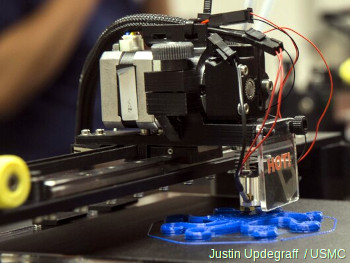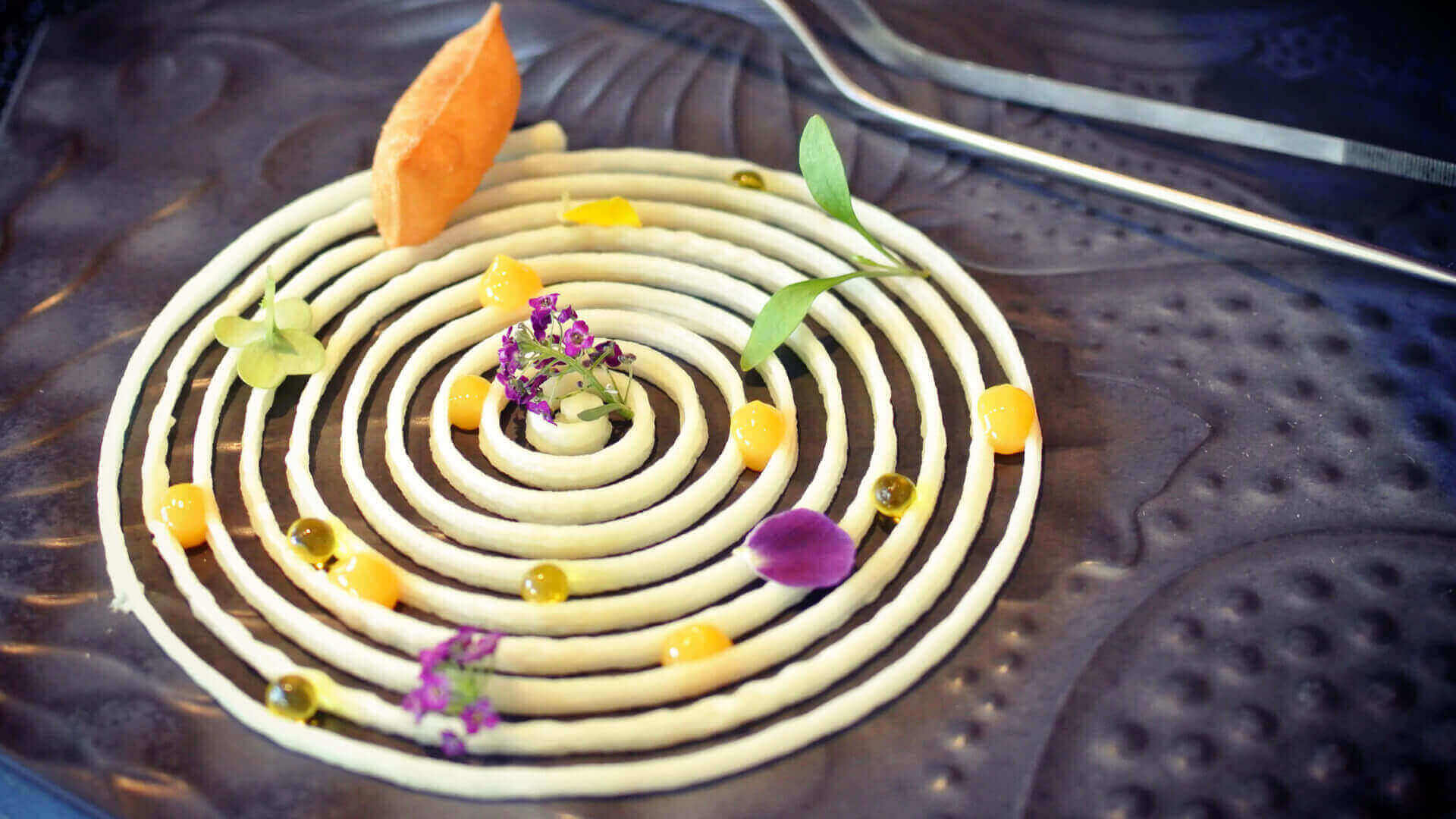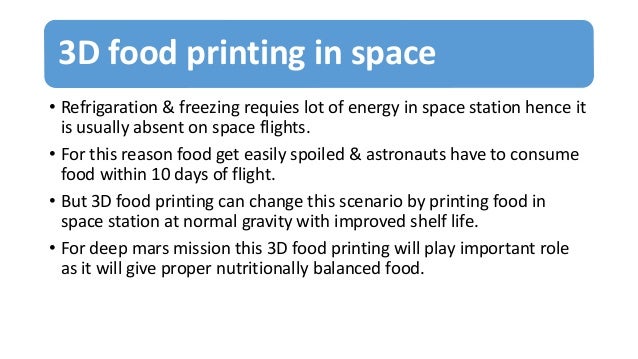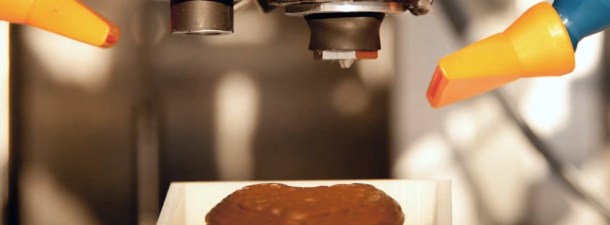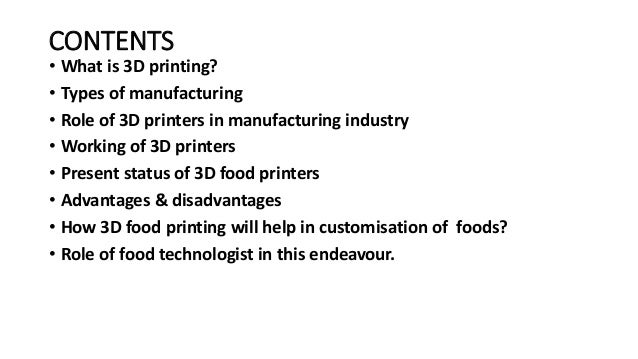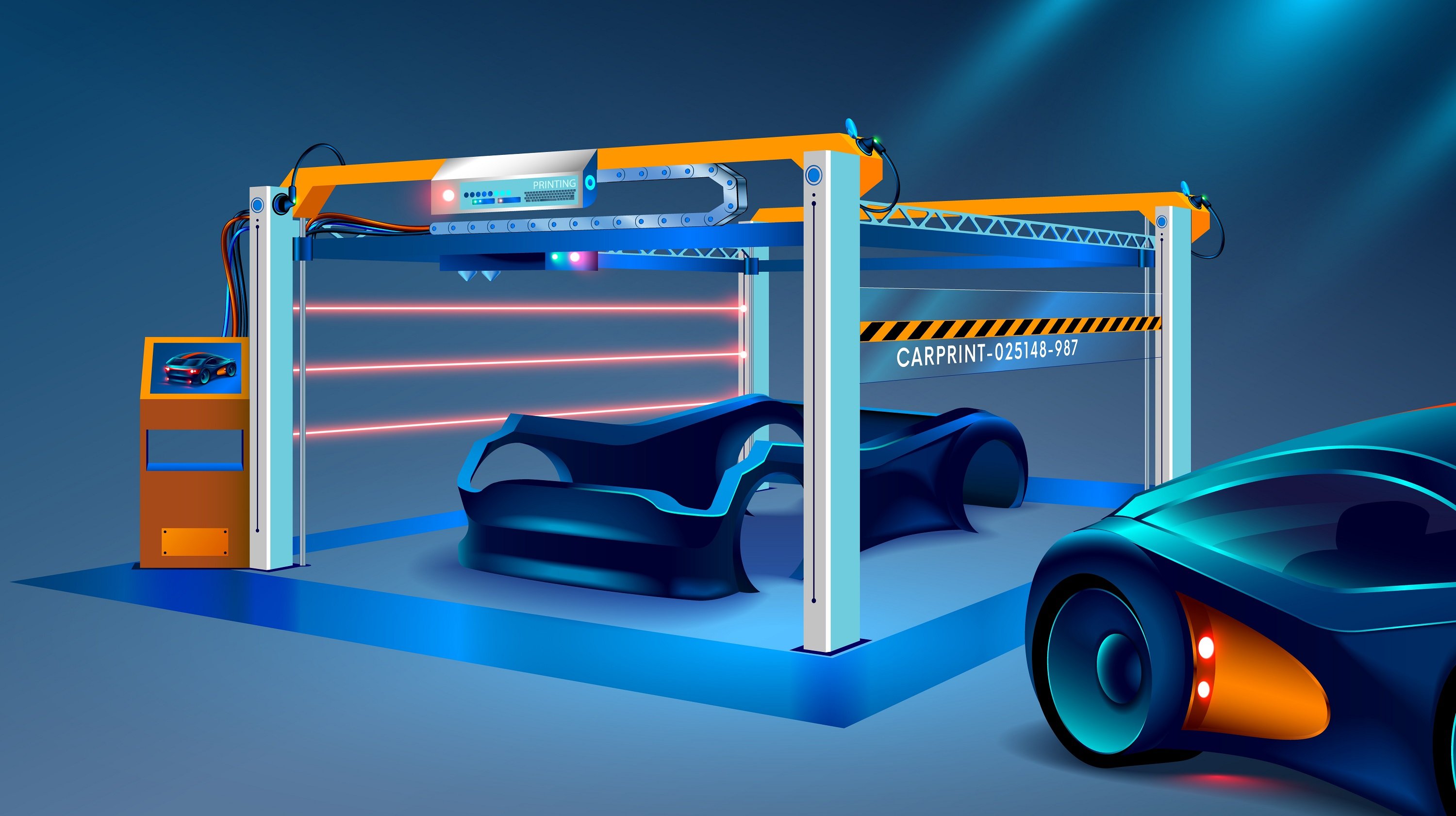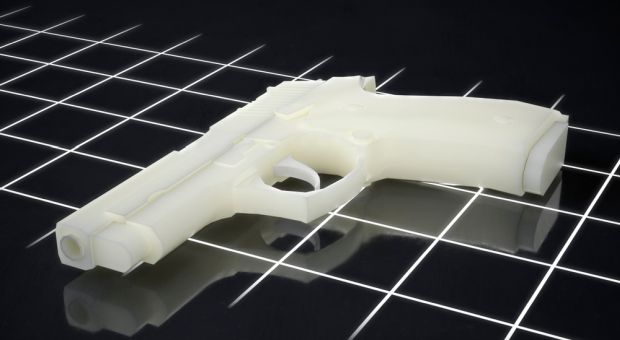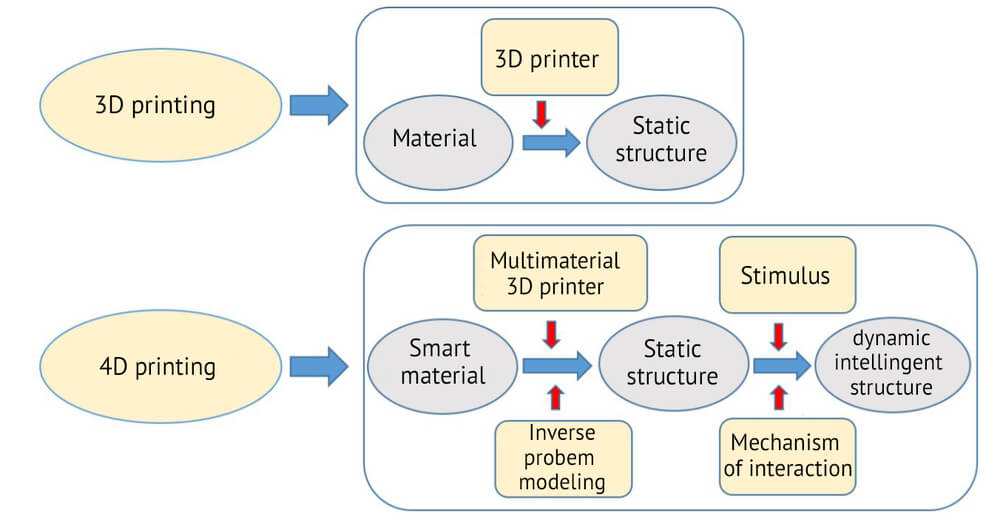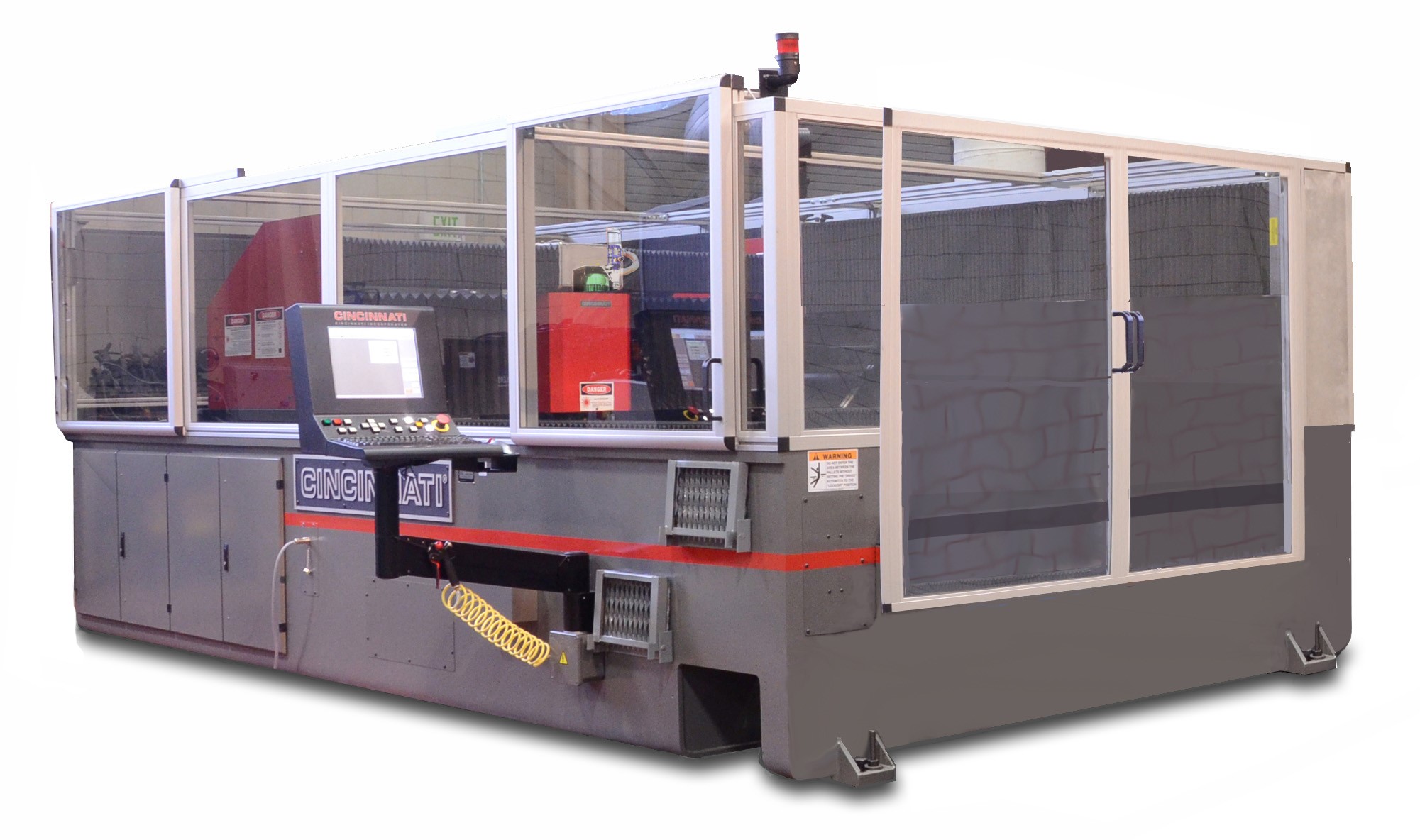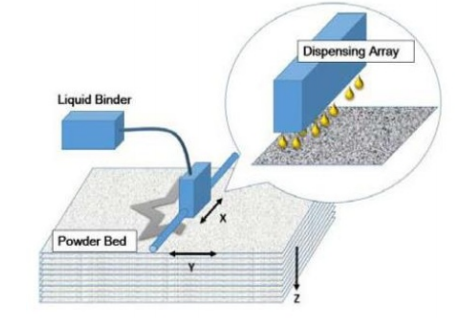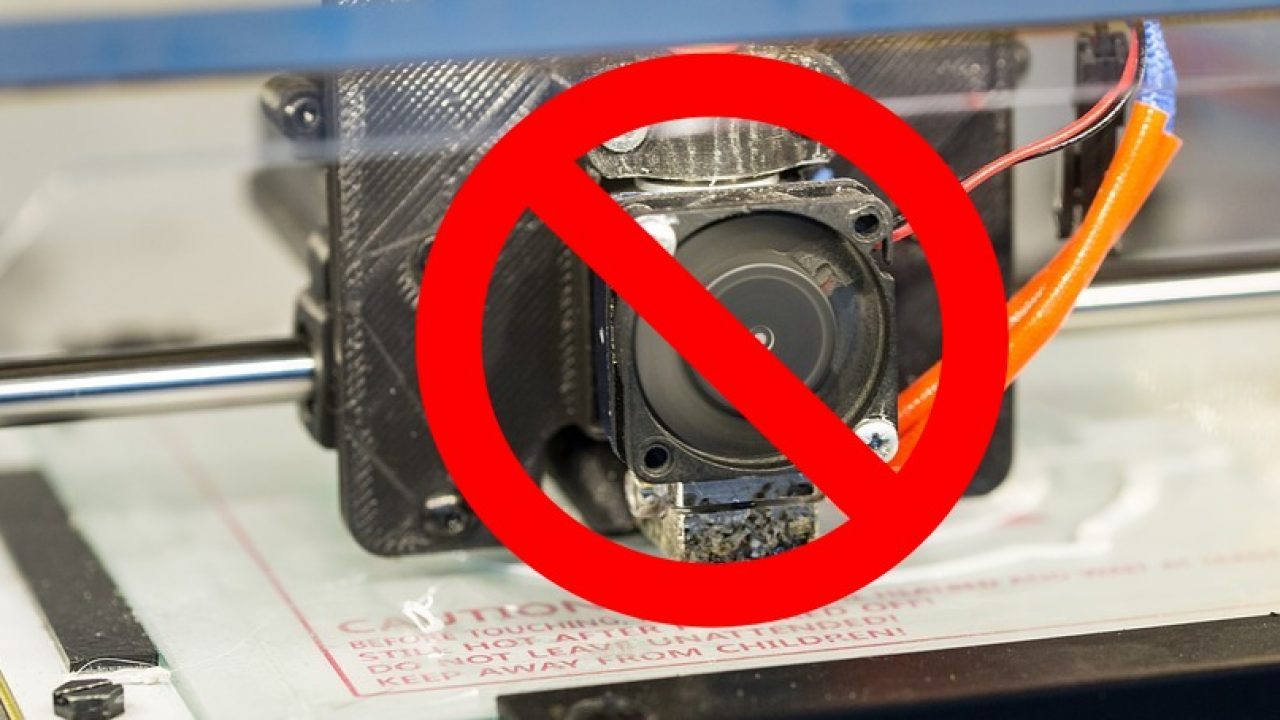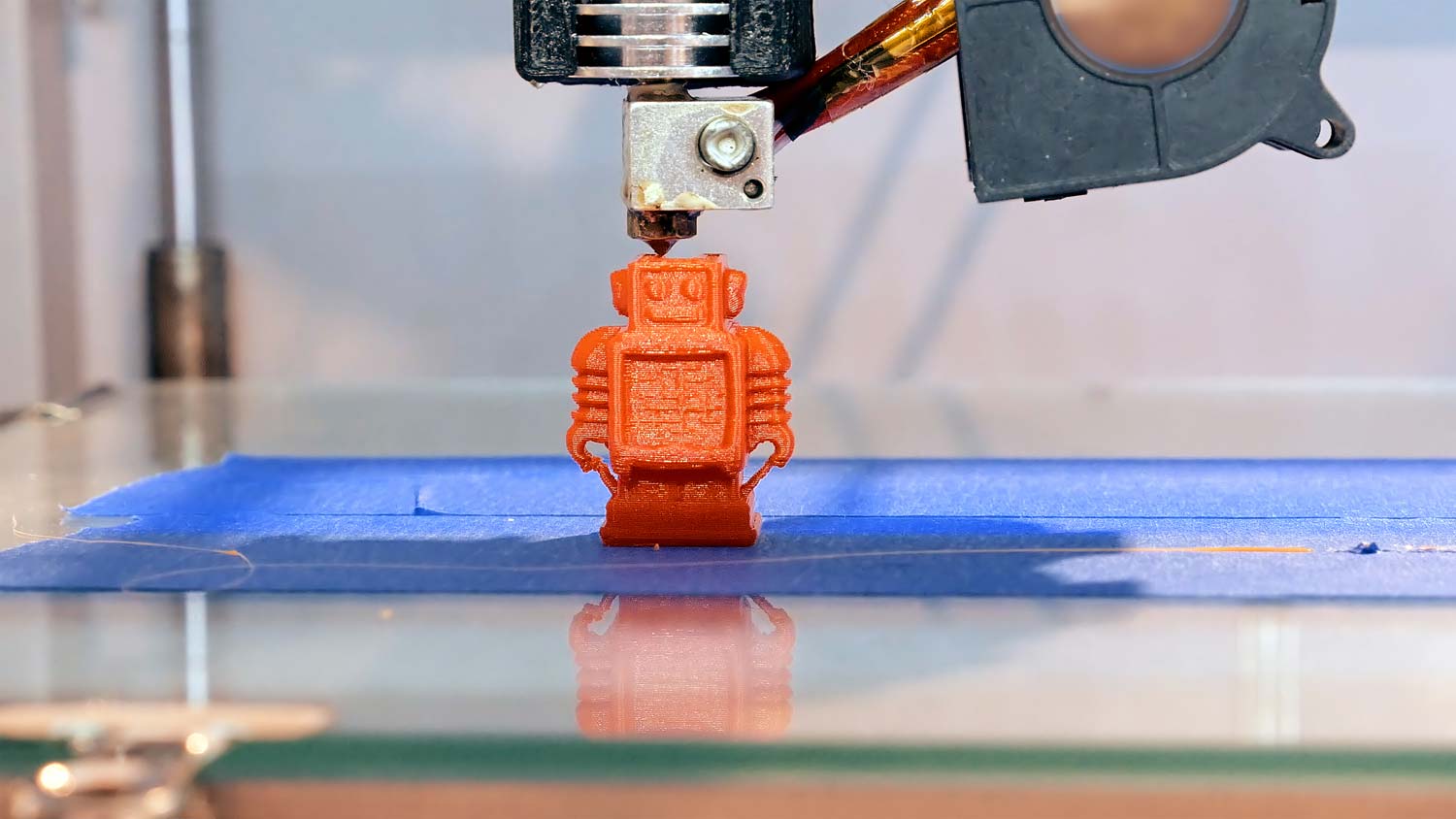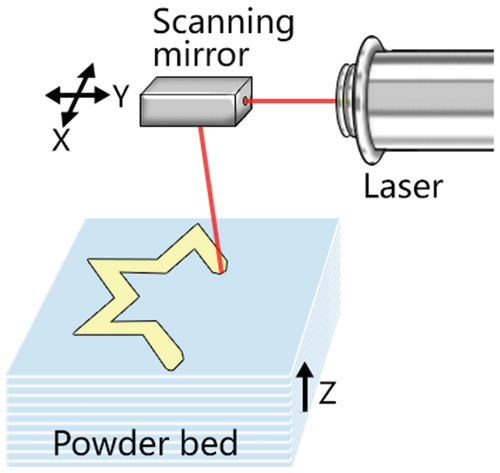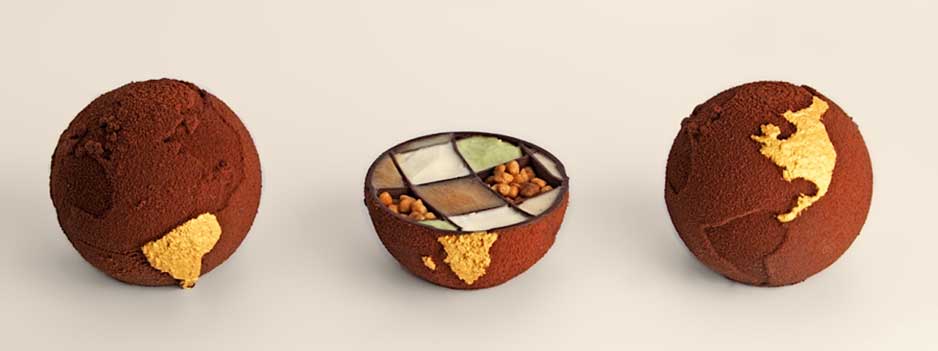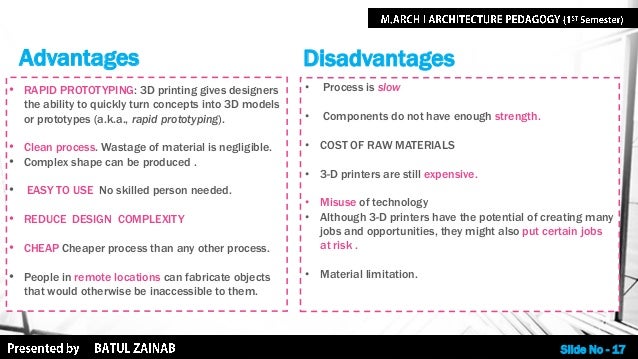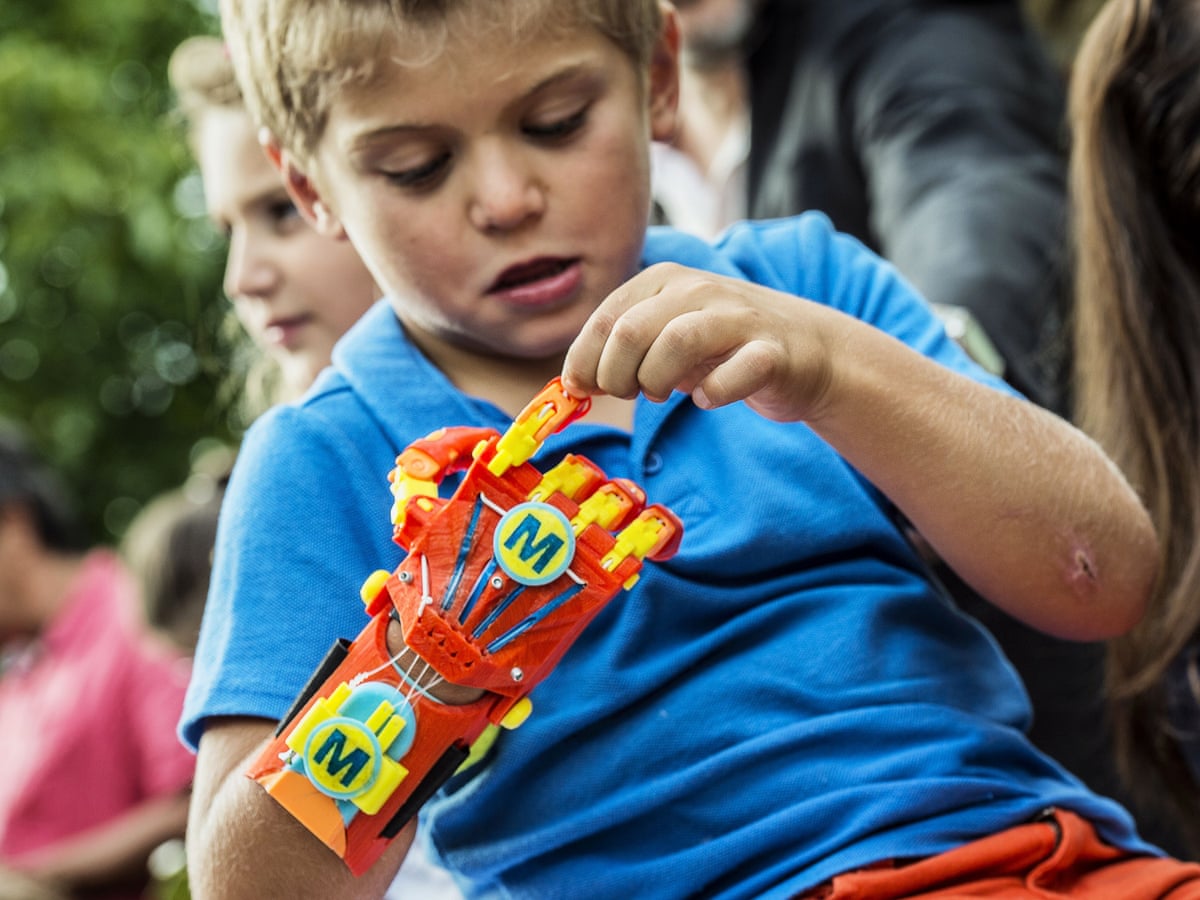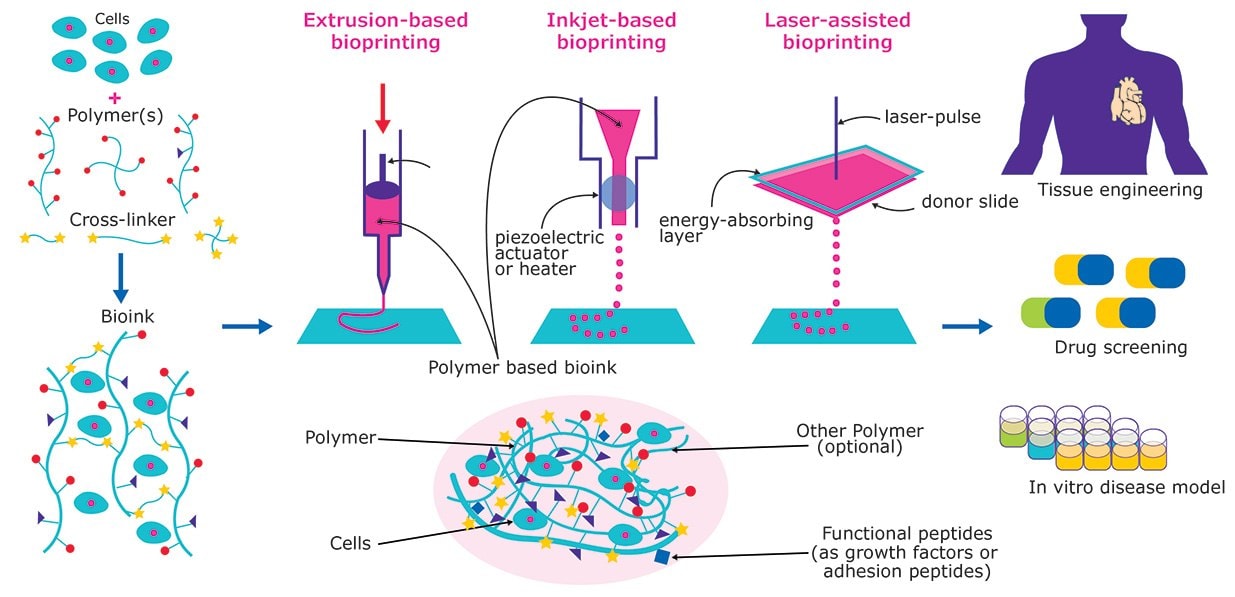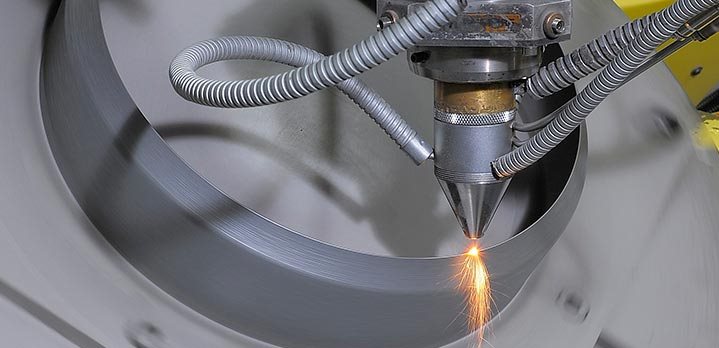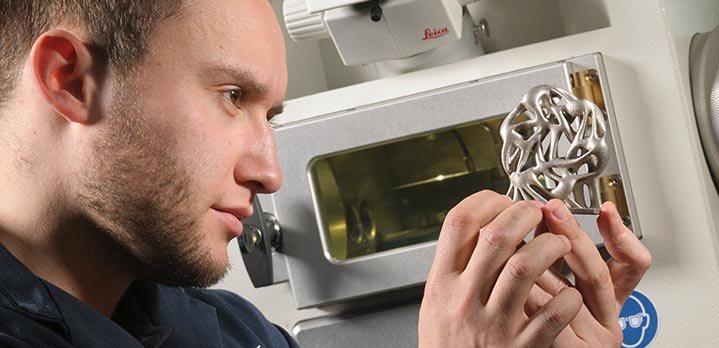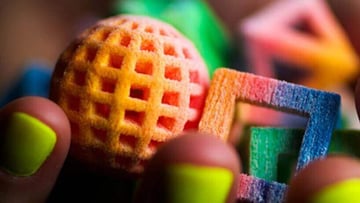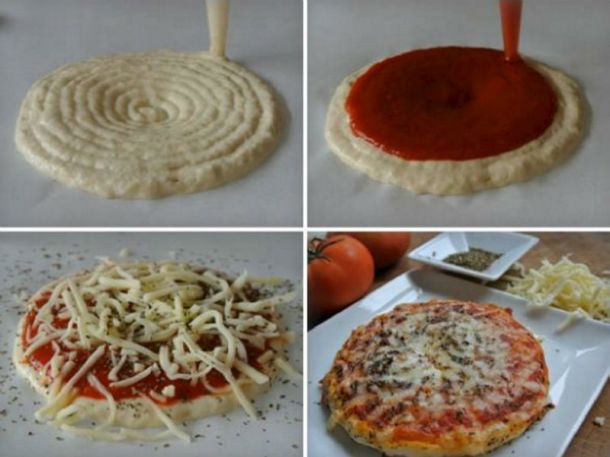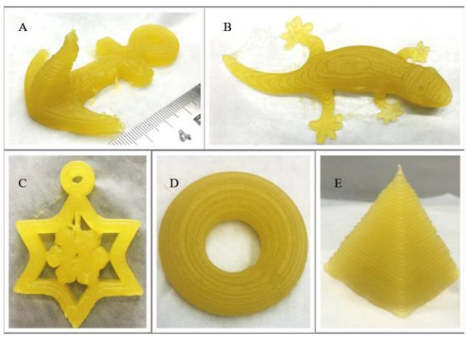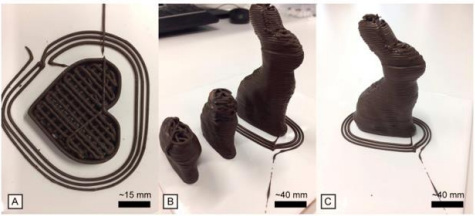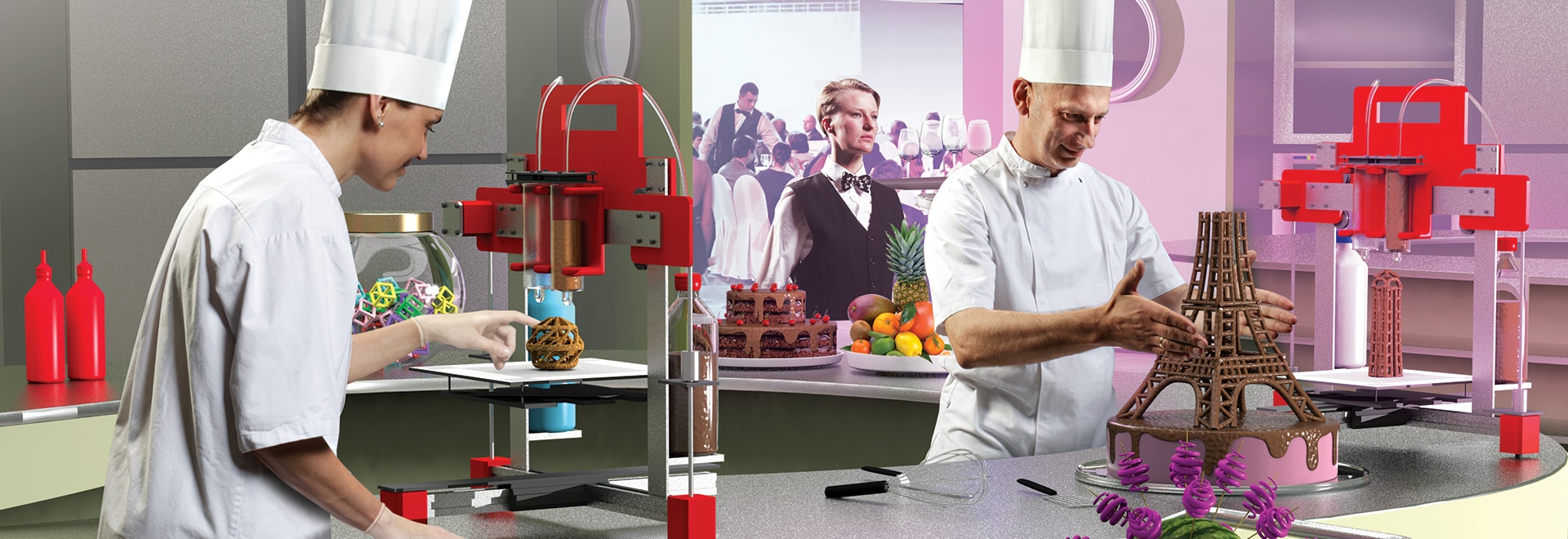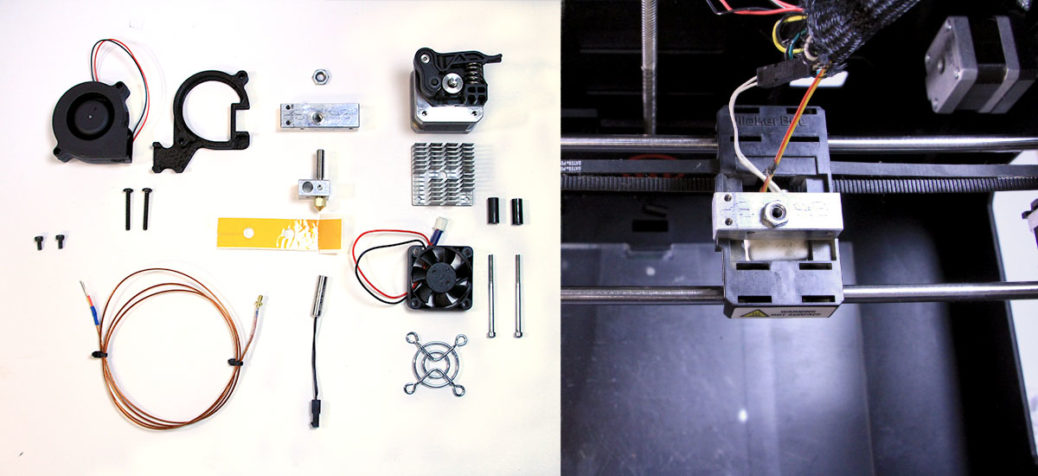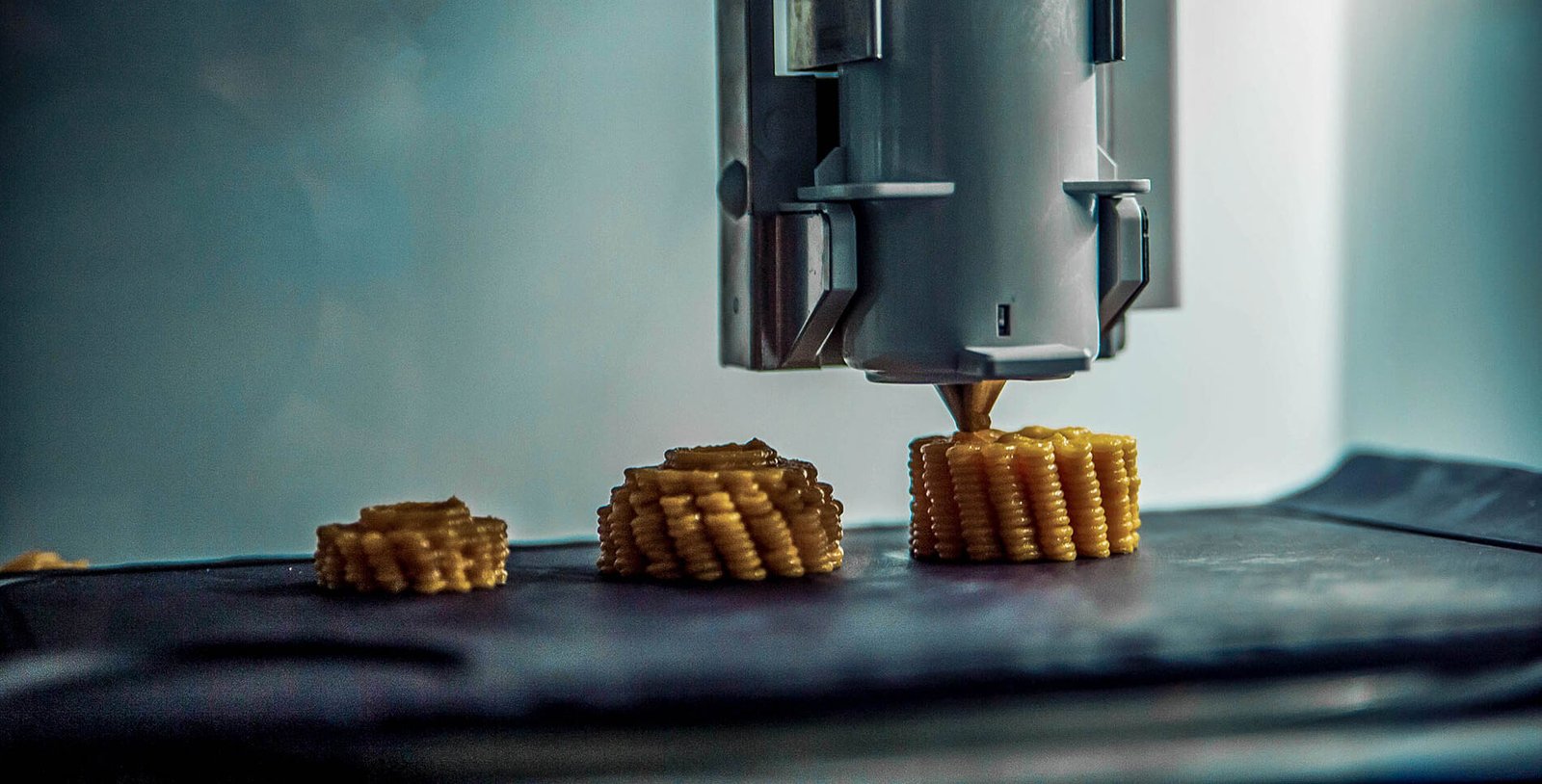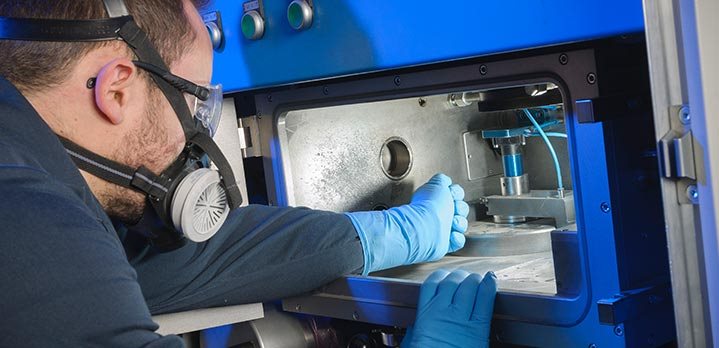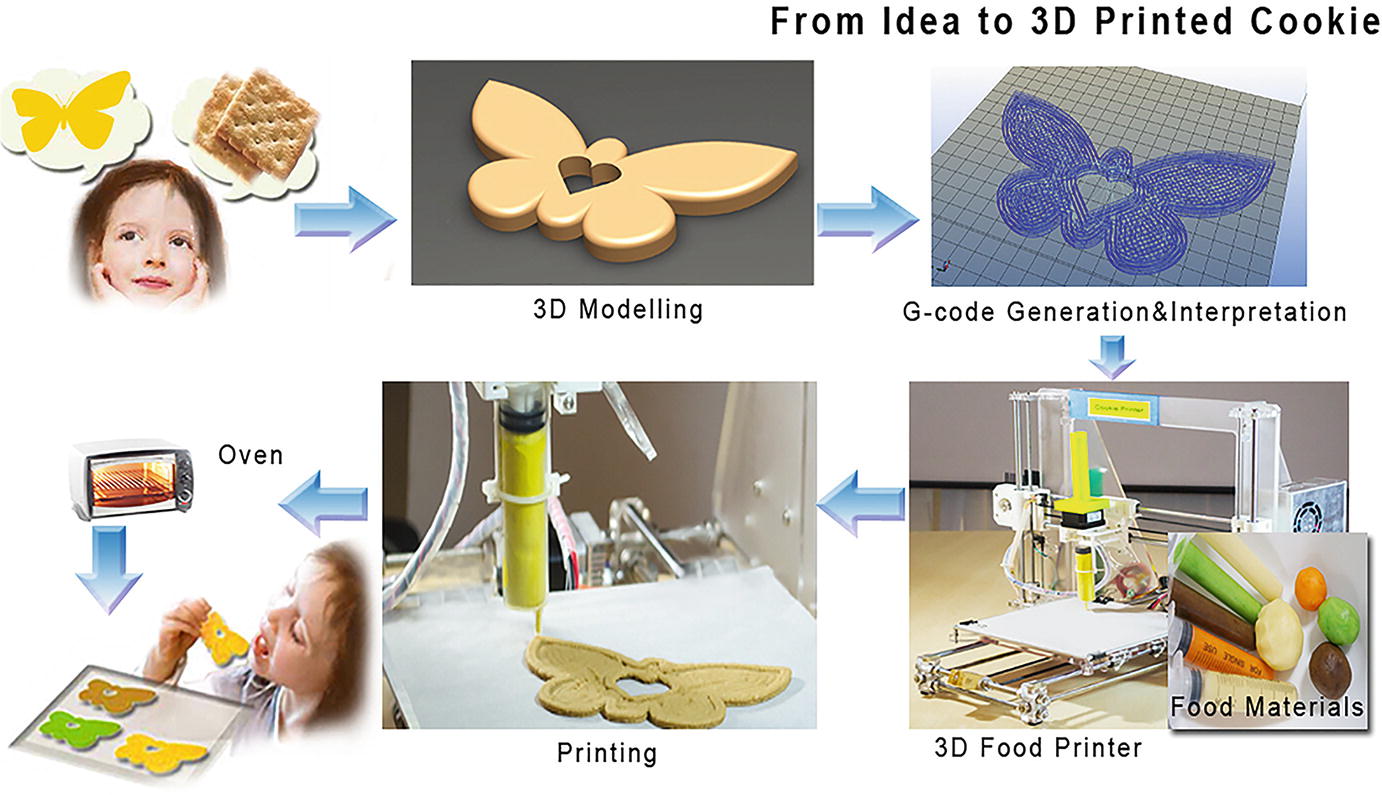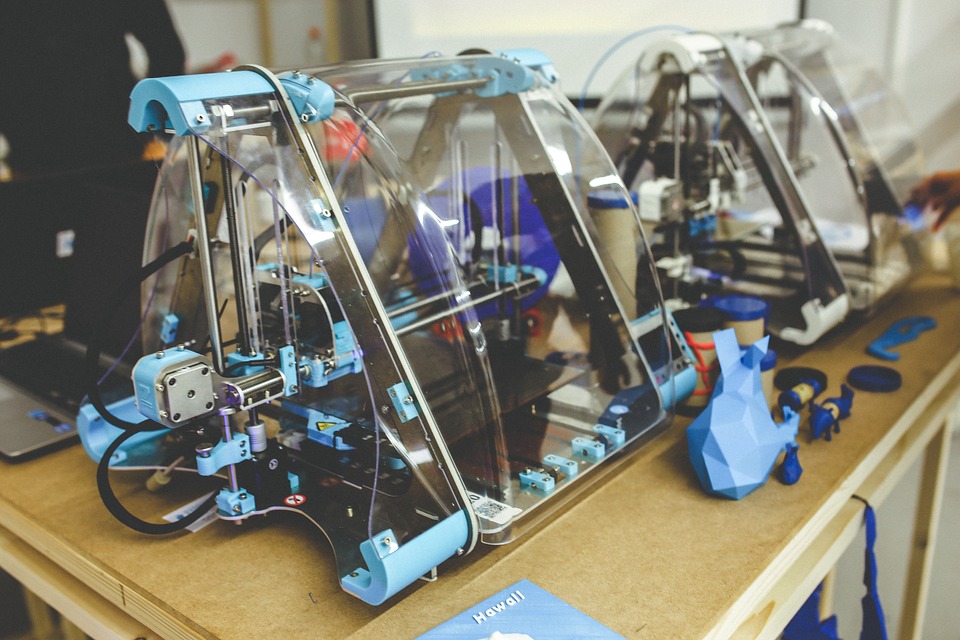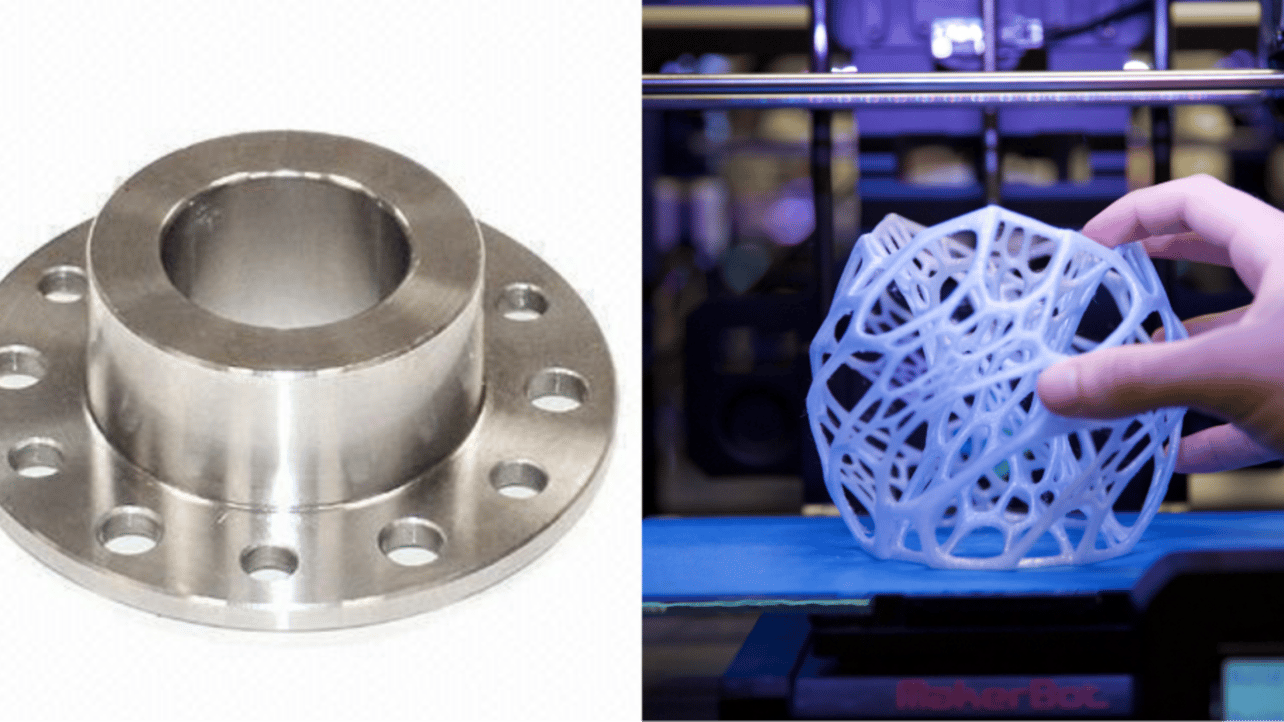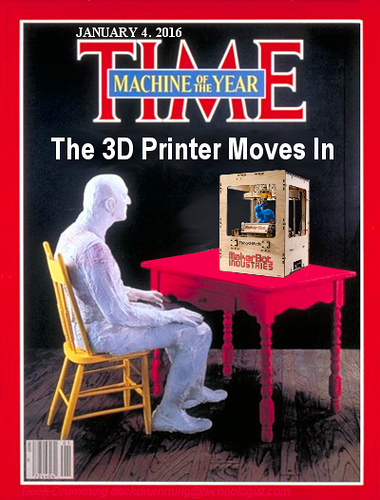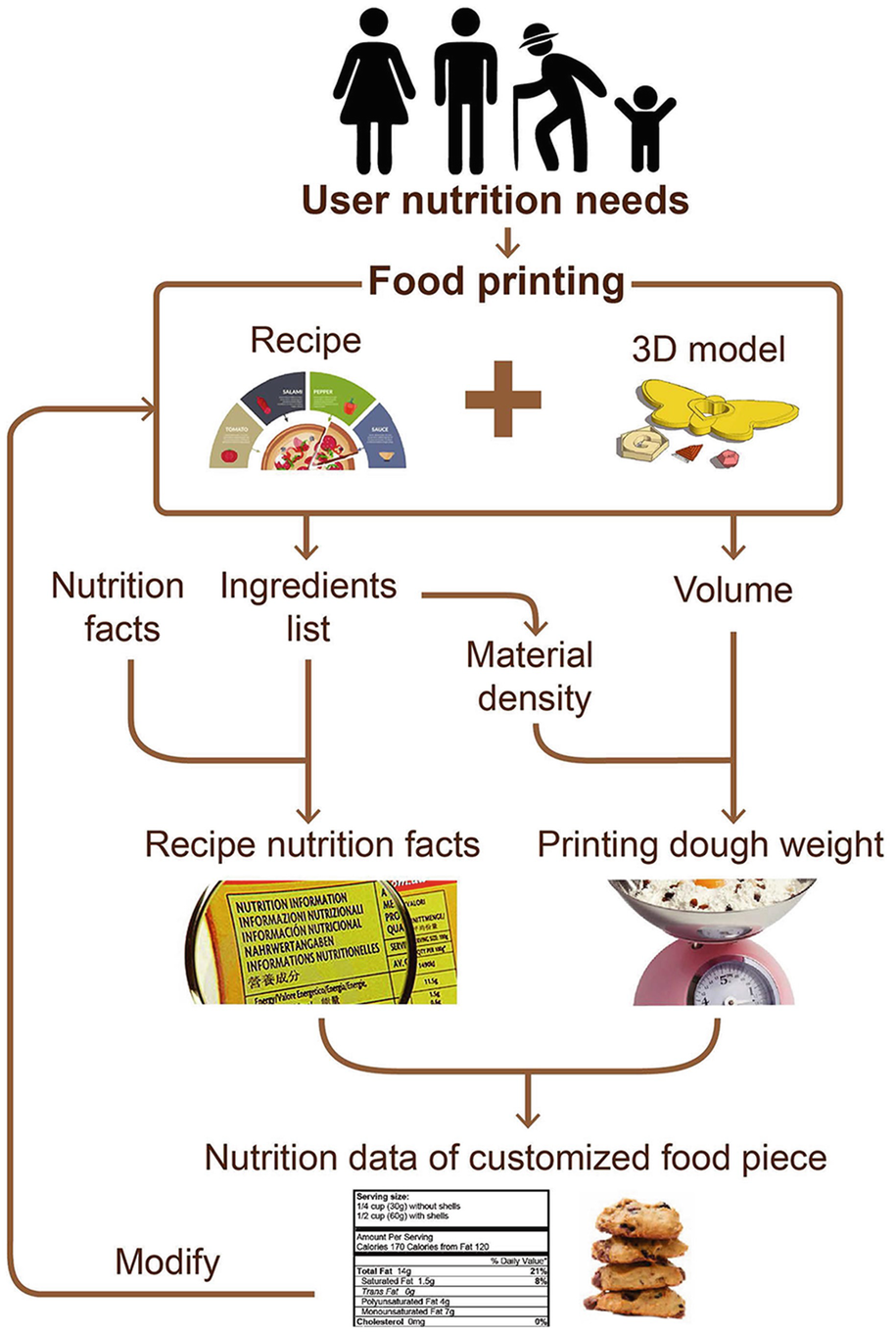Disadvantages Of 3d Food Printing
Disadvantages of 3d printing potentially more garbage consumers could use products shorter in the future and throw them away if they can easily.
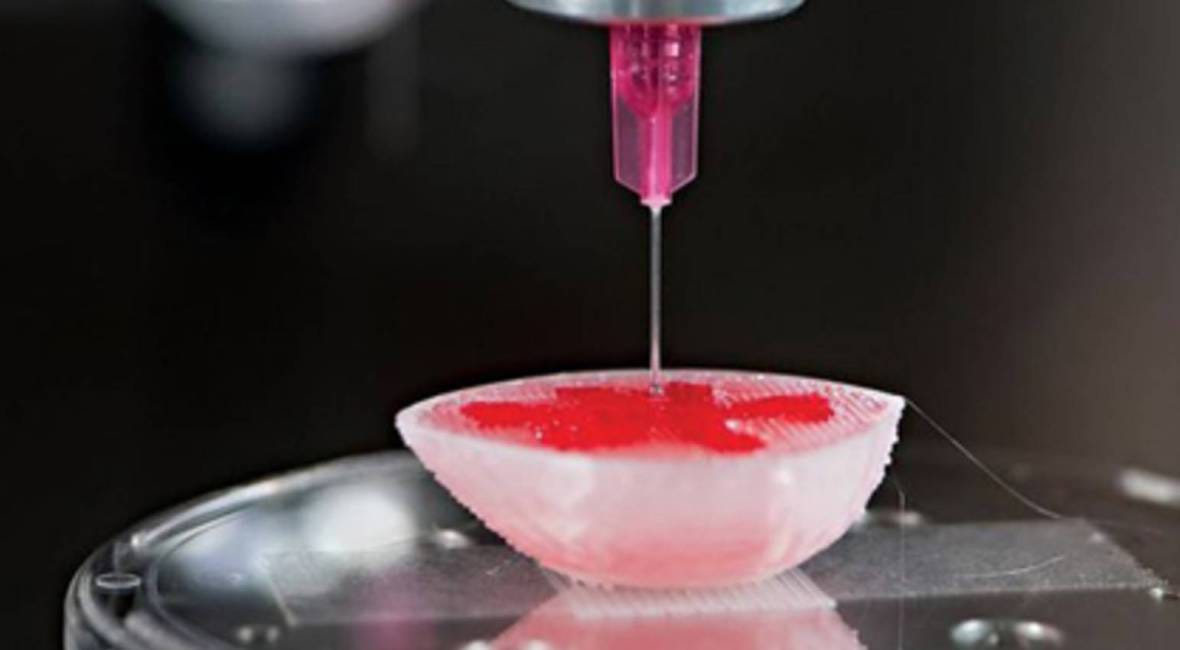
Disadvantages of 3d food printing. Despite the many recent advancements in 3d food printing the industry has a myriad of challenges to overcome. If in the future wood 3d printing become more popular it can have a detrimental effect on our environment. For example one of the disadvantages of the food industry is how damaging the production of food and other animal products is not only because it involves the slaughter and inhuman treatment of other living things but also because of the serious environmental impact due to the large amounts of water required and the high levels of greenhouse gases that are emitted. Disadvantages of 3d printers.
They are usually used in surface filling on desserts or decorations on cookies pizzas or cakes. Check out our digest in which we compare 3d printing to traditional manufacturing processes. It involves the production of food in 3d by forcing food materials in the form of a semi liquid paste through the specially shaped nozzle of the 3d printer. Rapid prototyping is the ability to design manufacture.
Nozzle movement speed and extrusion rate affect the quality of 3d food printing. 10 disadvantages of 3d printing technology 1. The extruder assembly should be as rigid as possible especially for chocolate 3d printing. According to research by loughborough university 3d printers consume approximately 50 to.
While 3d printing is a viable technology in terms of validating. A effective active cooling system is needed for chocolate 3d printing. What are the advantages of 3d printing. In the prototyping sector of product development 3d printing is lauded as being a fast efficient means of creating parts to test for form fit and function before said parts go into the manufacturing stage of development.
Industrial grade 3d printers are still expensive costing hundreds of thousands. The extrusion based 3d printing. 10 advantages of 3d printing. One of the biggest advantages of 3d printing technology is rapid prototyping.
3d printing could be the solution to this problem and forgacs is already developing meat that can be printed which will. Disadvantages include low accuracy and long build times. Tangible design and product testing. Decrease in work position.
Foods made this way are dough meat paste and cheese. Inkjet printers typically print with low viscosity liquids so they are usually not used for 3d printing complex food structures but instead are downgraded to things such as surface filling or decorations on biscuits cakes or pizza. Currently most ingredients must be converted to a paste before a printer can.


